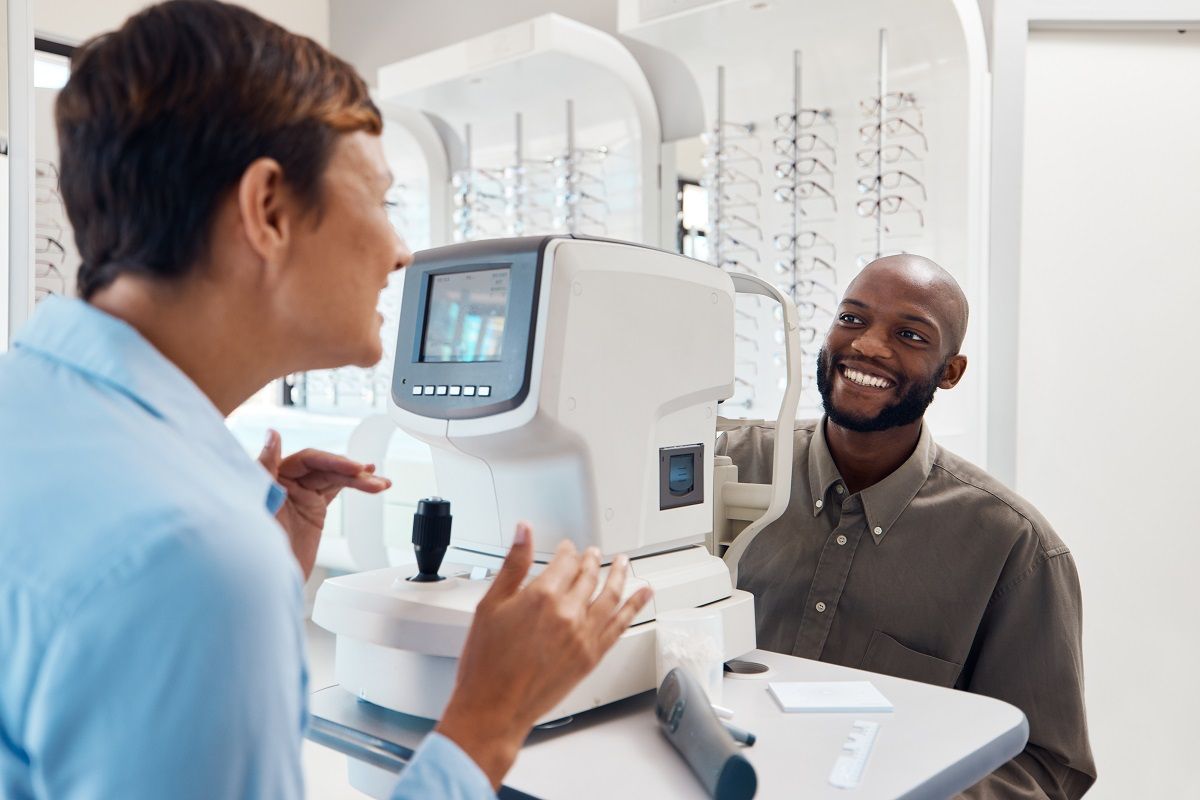What are the symptoms of retinoschisis?
Retinoschisis is a condition characterized by the splitting or separation of the retina’s layers. Symptoms can vary based on the severity and location of the retinoschisis but commonly include:
- Vision Disturbances: Patients may experience blurred vision or distorted vision. This can be due to the separation of retinal layers affecting how light is processed.
- Decreased Visual Acuity: There may be a gradual loss of sharpness in vision, making it difficult to see fine details.
- Scotomas: These are blind spots or areas of reduced vision in the visual field. Patients might notice missing areas in their vision.
- Floaters: Some people experience floaters, which are small, moving spots or lines in the field of vision.
- Flashes of Light: Although less common, some may see flashes of light, especially if the condition affects the peripheral retina.
- Visual Field Loss: In more advanced cases, there may be significant loss of peripheral vision or central vision, depending on the extent of the schisis.
Symptoms can be subtle and may progress slowly. It’s essential to have regular eye exams, especially if there’s a family history of retinal conditions or if you experience any vision changes. Early detection and management are crucial for preserving vision and addressing any complications.
What are the causes of retinoschisis?
Retinoschisis can result from various causes, which can be broadly categorized into inherited and acquired conditions:
Inherited Causes:
- X-Linked Retinoschisis: This is a genetic disorder that affects males and is caused by mutations in the RS1 gene. It typically presents in childhood and can lead to progressive vision loss.
- Hereditary Retinoschisis: Other genetic forms of retinoschisis can be associated with various genetic mutations that affect retinal development and function. This form is often diagnosed in the early stages of life and can have variable progression.
Acquired Causes:
- Age-Related Changes: In older adults, retinoschisis can be associated with degenerative changes in the retina, particularly in the peripheral retina.
- Trauma: Eye injuries or trauma can lead to retinoschisis by causing physical damage to the retinal layers.
- Diabetic Retinopathy: Chronic diabetes and diabetic retinopathy can contribute to retinal changes, including retinoschisis, due to abnormal blood vessel growth and associated retinal damage.
- Retinal Vein Occlusion: Blockage of a retinal vein can lead to retinal swelling and changes that may cause or exacerbate retinoschisis.
- Other Eye Diseases: Conditions like uveitis or inflammation of the retina can lead to retinoschisis as a secondary effect.
- High Myopia: Severe nearsightedness (high myopia) can lead to retinal stretching and changes that contribute to retinoschisis.
Retinoschisis can occur in isolation or as part of other retinal or systemic conditions. Accurate diagnosis often requires a thorough eye examination and imaging studies to determine the underlying cause and guide appropriate management.
What is the treatment for retinoschisis?
The treatment for retinoschisis primarily focuses on managing symptoms, preventing complications, and preserving vision. The approach depends on the cause and severity of the condition. Here are the main treatment options:
- Monitoring: For mild or asymptomatic retinoschisis, regular monitoring by an ophthalmologist may be sufficient. Routine eye exams help track any changes in the condition and assess whether intervention is needed.
- Medical Management: If retinoschisis is associated with underlying conditions like diabetic retinopathy or retinal vein occlusion, treating these conditions is crucial. This might involve controlling blood sugar levels, managing blood pressure, or addressing retinal swelling with medications.
- Laser Therapy: In cases where retinoschisis leads to complications such as retinal tears or detachment, laser treatment may be used. Laser photocoagulation can help stabilize the retina by creating small burns around the affected area, which can prevent further separation or complications.
- Surgical Intervention: If retinoschisis progresses to more severe complications, such as retinal detachment or significant vision loss, surgical options may be considered. Procedures like vitrectomy, where the vitreous gel is removed from the eye, can help repair and stabilize the retina.
- Genetic Counseling: For inherited forms of retinoschisis, genetic counseling may be beneficial. This helps affected individuals understand the genetic aspects of the condition and potential implications for family members.
- Visual Rehabilitation: For individuals experiencing significant vision loss, visual rehabilitation services can assist with adapting to changes in vision and improving quality of life. This may include the use of visual aids, low vision therapy, and support services.
Treatment is tailored to the individual’s specific situation, and ongoing follow-up with an ophthalmologist is important to manage the condition effectively and address any evolving needs.

Leave a Reply
You must be logged in to post a comment.